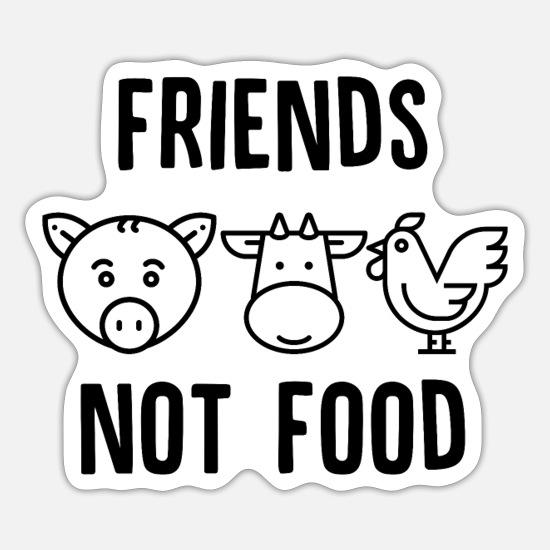The Rise of Cruelty-Free Products: A Compassionate Choice for Consumers and the Planet

In recent years, the movement toward cruelty-free products has gained significant momentum. This shift reflects a growing awareness among consumers about the ethical, environmental, and health implications of their purchasing decisions. Cruelty-free products, which are developed without animal testing, are becoming increasingly popular as more people seek to align their values with their consumption habits. This article explores the rise of cruelty-free products, the reasons behind their growing popularity, and the impact they have on the market and beyond.
Understanding Cruelty-Free
Cruelty-free products are those that are manufactured and developed without conducting tests on animals. This applies to a wide range of products including cosmetics, personal care items, household cleaning products, and even clothing. The term "cruelty-free" is often used interchangeably with "not tested on animals," but it's important to note that not all cruelty-free products are vegan. Vegan products do not contain any animal-derived ingredients, whereas cruelty-free products simply ensure that no animals were harmed during testing.
The Ethical Implications
One of the primary drivers behind the shift towards cruelty-free products is the ethical consideration of animal welfare. Animal testing often involves subjecting animals to painful and distressing procedures, which many people find morally unacceptable. As consumers become more informed about the realities of animal testing, there is a growing demand for products that do not involve such practices. Organizations like PETA (People for the Ethical Treatment of Animals) and The Humane Society have been instrumental in raising awareness and advocating for cruelty-free alternatives.
Environmental Impact
The environmental benefits of cruelty-free products are another significant factor contributing to their rise. Traditional animal testing methods often involve the use of various chemicals and substances that can be harmful to the environment. By eliminating animal testing, companies can reduce their environmental footprint. Additionally, many cruelty-free brands also emphasize sustainable practices, such as using eco-friendly packaging and sourcing ingredients responsibly. This holistic approach appeals to consumers who are concerned about the broader impact of their purchases on the planet.
Health and Safety Considerations
Health-conscious consumers are also driving the demand for cruelty-free products. Many people believe that cruelty-free products are safer and healthier because they tend to contain fewer harmful chemicals. While this is not always the case, the perception that cruelty-free brands are more transparent about their ingredients and manufacturing processes is a powerful motivator. Consumers are increasingly looking for products that are gentle on their skin and free from toxic substances, leading them to favor cruelty-free options.
Market Trends and Consumer Behavior
The market for cruelty-free products has seen remarkable growth in recent years. According to a report by Grand View Research, the global cruelty-free cosmetics market size was valued at USD 5.45 billion in 2020 and is expected to grow at a compound annual growth rate (CAGR) of 4.9% from 2021 to 2028. This growth is driven by a combination of consumer demand, regulatory changes, and the efforts of companies to meet ethical standards.
Millennials and Gen Z consumers are particularly influential in this trend. These younger generations are known for their strong values and willingness to support brands that align with their beliefs. They are more likely to research and seek out cruelty-free products, and their purchasing power is shaping the future of the market. Social media also plays a crucial role, as influencers and activists use these platforms to spread awareness and recommend cruelty-free brands.
The Role of Certification
Certifications play a vital role in helping consumers identify cruelty-free products. Labels such as the Leaping Bunny, PETA’s Beauty Without Bunnies, and Cruelty Free International’s logos are trusted indicators that a product meets cruelty-free standards. These certifications involve rigorous auditing processes to ensure that no animal testing is conducted at any stage of product development. By looking for these certifications, consumers can make informed choices and support brands that adhere to ethical practices.
Challenges and Future Directions
Despite the progress, there are still challenges in the cruelty-free movement. One major issue is the lack of global regulatory standards. Different countries have varying regulations regarding animal testing, which can create confusion for consumers and difficulties for companies operating internationally. However, there is a growing push for harmonized global standards that would make it easier for consumers to identify cruelty-free products and for companies to comply with ethical practices.
Another challenge is ensuring transparency and accountability. While many brands claim to be cruelty-free, some engage in practices that may not align with the strictest definitions of the term. For instance, a brand might claim to be cruelty-free but sell products in markets where animal testing is required by law. This has led to calls for more stringent regulations and better consumer education to prevent misleading claims.
Conclusion
The rise of cruelty-free products is a testament to the power of informed and compassionate consumer choices. As awareness grows about the ethical, environmental, and health implications of animal testing, more people are seeking out products that align with their values. The market is responding to this demand with a plethora of cruelty-free options, supported by certifications that provide transparency and trust. While challenges remain, the future looks promising as consumers, companies, and regulatory bodies continue to push for a world where no animals are harmed in the name of beauty or convenience. By choosing cruelty-free products, consumers can make a positive impact on animal welfare, the environment, and their own well-being, fostering a more compassionate and sustainable world.
- Art
- Causes
- Crafts
- Dance
- Drinks
- Film
- Fitness
- Food
- Jogos
- Gardening
- Health
- Início
- Literature
- Music
- Networking
- Outro
- Party
- Religion
- Shopping
- Sports
- Theater
- Wellness
- IT, Cloud, Software and Technology


